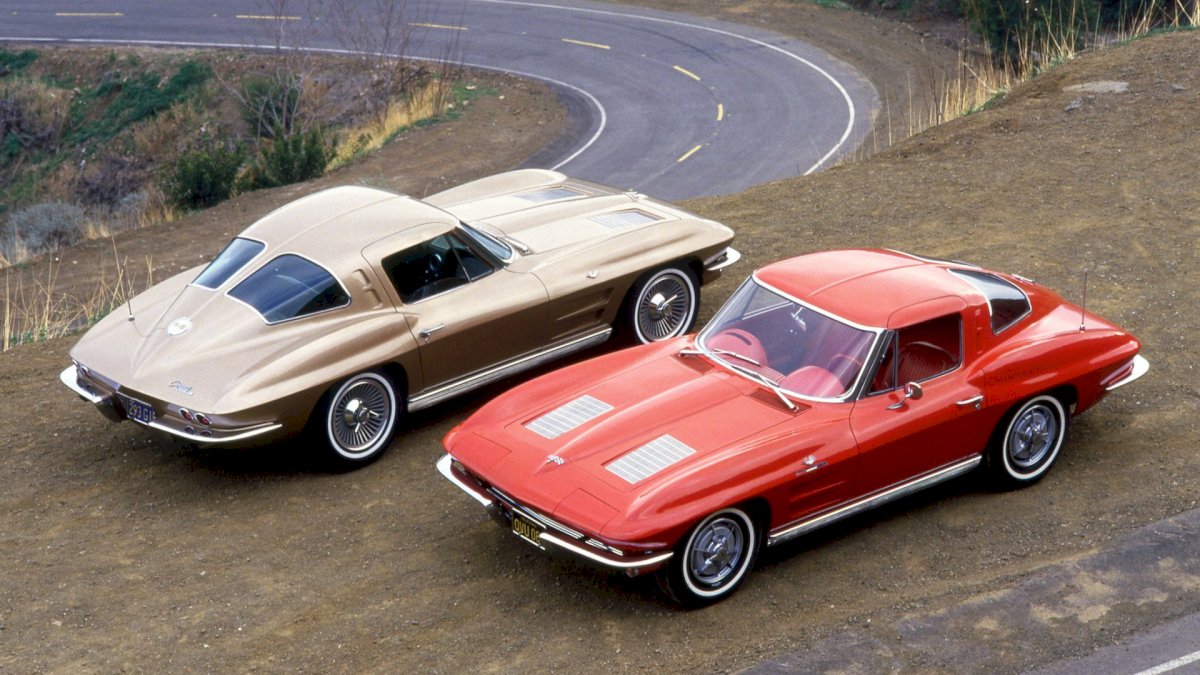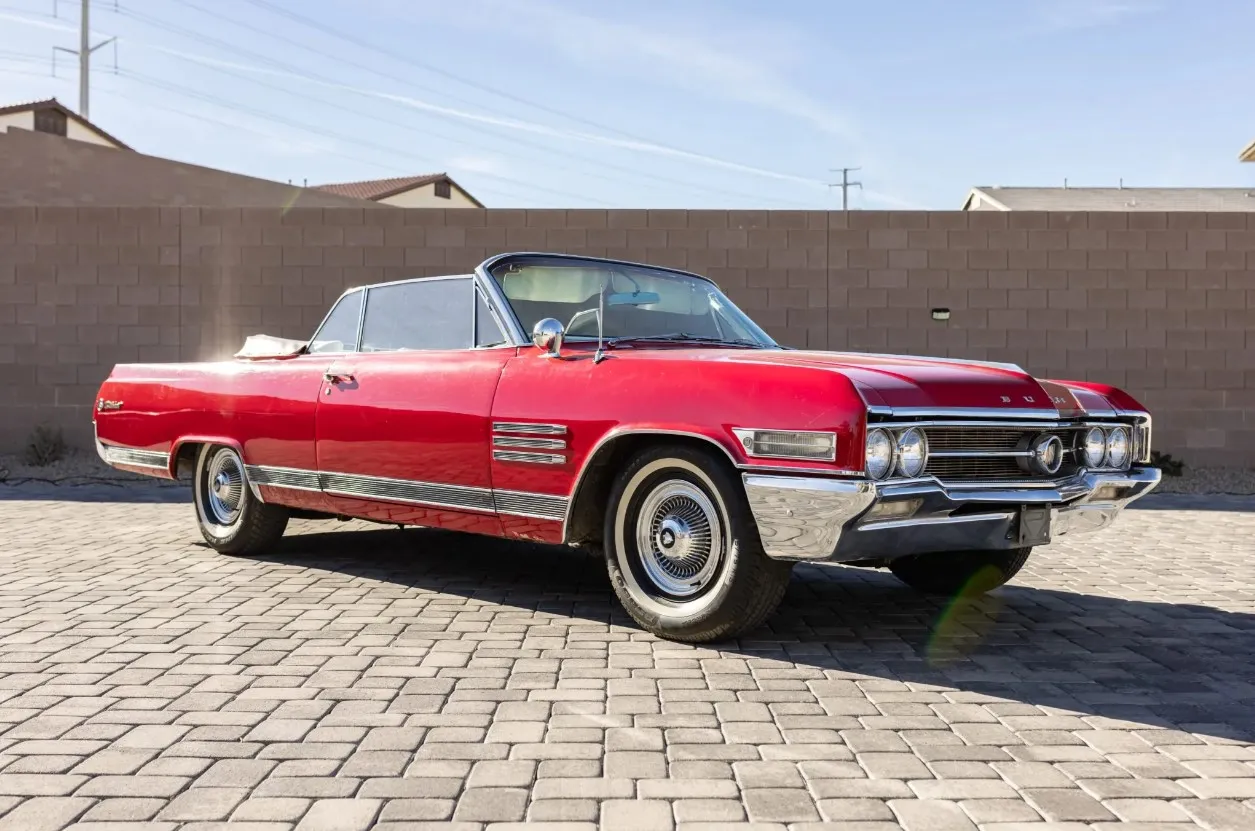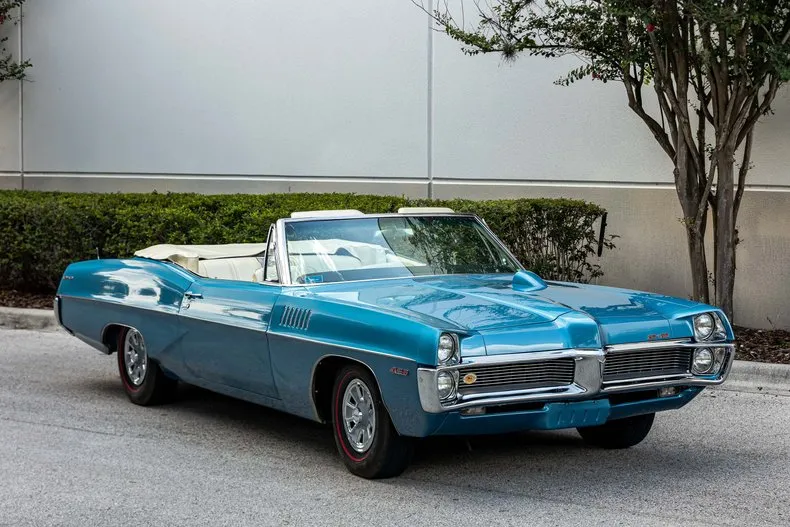The 1963 Plymouth Fury holds a special place in the hearts of automotive enthusiasts and collectors alike. This iconic American car, produced by the Plymouth division of the Chrysler Corporation, represents a fascinating chapter in automotive history. In this comprehensive exploration, we'll delve into the design, performance, and cultural significance of the 1963 Plymouth Fury. From its distinctive styling to its powerful engines, and even its role in popular culture, the Fury has left an indelible mark on the automotive landscape.

Introduction to the 1963 Plymouth Fury

The early 1960s marked a time of innovation and competition in the American automotive industry. Car manufacturers were engaged in a relentless battle to outdo each other in terms of design, power, and performance. The 1963 Plymouth Fury emerged as a standout in this era, boasting a unique blend of style and substance. It was the epitome of Chrysler's "forward look" design philosophy, featuring a fresh, aerodynamic, and eye-catching exterior.
Design and Styling

The 1963 Plymouth Fury was a sight to behold, with its sleek and elegant lines that defined the "jet age" aesthetic of the time. This Fury was a part of the third generation of the model, introduced in 1962, and it featured the same distinctive design elements as its predecessor.
One of the most iconic features of the 1963 Fury was its split grille, which gave it a bold and aggressive appearance. The grille was flanked by quad headlights that were integrated seamlessly into the car's front end. These design elements were characteristic of the era's "space-age" inspiration.

The car's body was designed to be more aerodynamic, with smooth lines and a lower profile compared to its predecessors. This not only improved the Fury's aesthetics but also contributed to better fuel efficiency and handling.
The rear end of the 1963 Plymouth Fury featured a "jet pod" tail, with taillights that resembled the afterburners of a jet plane. This design element added a touch of sophistication and perfectly complemented the car's overall aesthetic.
Interior

The interior of the 1963 Plymouth Fury was a showcase of classic American automotive design. It exuded a sense of elegance and comfort, with a mix of chrome accents and high-quality materials. The dashboard featured a clean and functional layout, with a prominent steering wheel and a set of circular instrument gauges that provided vital information to the driver.
The seating in the Fury was plush and spacious, offering ample room for passengers. The attention to detail was evident in the upholstery, with high-quality fabrics and materials used throughout. The cabin was a testament to the era's commitment to both style and comfort, providing a delightful environment for both the driver and passengers.
Engine Options and Performance

The 1963 Plymouth Fury offered a range of engine options, catering to different performance preferences. One of the most popular engine choices was the 318 cubic inch V8 engine, which produced 230 horsepower. This engine was known for its reliability and smooth performance, making it a favorite among buyers.
For those seeking more power, Plymouth offered the 361 cubic inch V8 engine, which generated 265 horsepower. However, the crown jewel of the Fury lineup was the 383 cubic inch V8 engine, delivering a formidable 330 horsepower. This engine was available in both four-barrel and dual four-barrel carburetor configurations, making it a muscle car in its own right. The Fury could go from 0 to 60 mph in under 8 seconds, a remarkable feat for the early 1960s.

The Fury's performance was not limited to straight-line speed. Its refined suspension and chassis design allowed for agile handling and a comfortable ride. Whether cruising down the highway or tackling winding roads, the 1963 Fury proved itself to be a capable and versatile performer.
Impact on Pop Culture
The 1963 Plymouth Fury holds a special place in popular culture, largely thanks to Stephen King's novel and subsequent film adaptation, "Christine." Published in 1983 and turned into a movie in 1983, the story revolves around a possessed 1958 Plymouth Fury, which is often mistaken for a 1963 model due to its similar styling.
The novel and film depict the Fury as a malevolent, supernatural entity that repairs itself and becomes increasingly violent and destructive. While this portrayal is far from reality, it added a layer of mystique to the 1963 Plymouth Fury and contributed to its status as a cultural icon.
In addition to its presence in literature and film, the Fury made appearances in various TV shows, music videos, and automotive events, further solidifying its status as a symbol of American automotive history.
Collectibility and Value
Over the years, the 1963 Plymouth Fury has become a sought-after classic car among collectors and enthusiasts. Its unique styling, impressive performance, and cultural significance have contributed to its desirability.
Restoring a 1963 Fury can be a rewarding but challenging endeavor due to the scarcity of certain parts and the need for expertise in vintage car restoration. However, with the right resources and commitment, a fully restored Fury can fetch a significant value on the collector car market.
The value of a 1963 Plymouth Fury can vary significantly based on factors like its condition, rarity, and originality. Pristine, fully restored examples with their original engines and components can command prices in the tens of thousands of dollars. Even project cars or those in need of restoration can hold significant value to the right buyer.
Conclusion
The 1963 Plymouth Fury remains an enduring symbol of American automotive ingenuity and style. Its distinctive design, powerful engine options, and impact on popular culture have solidified its place in history. Today, the 1963 Fury is celebrated by collectors and car enthusiasts for its unique blend of performance and aesthetics, making it a true classic in every sense of the word.
As an automotive icon, the 1963 Plymouth Fury continues to inspire passion and nostalgia for a time when American car manufacturers were pushing the boundaries of design and performance. Whether you're a collector, a movie enthusiast, or simply a lover of classic cars, the 1963 Fury is a reminder of the golden era of American automobiles, when cars were not just modes of transportation but also expressions of art and engineering excellence.


